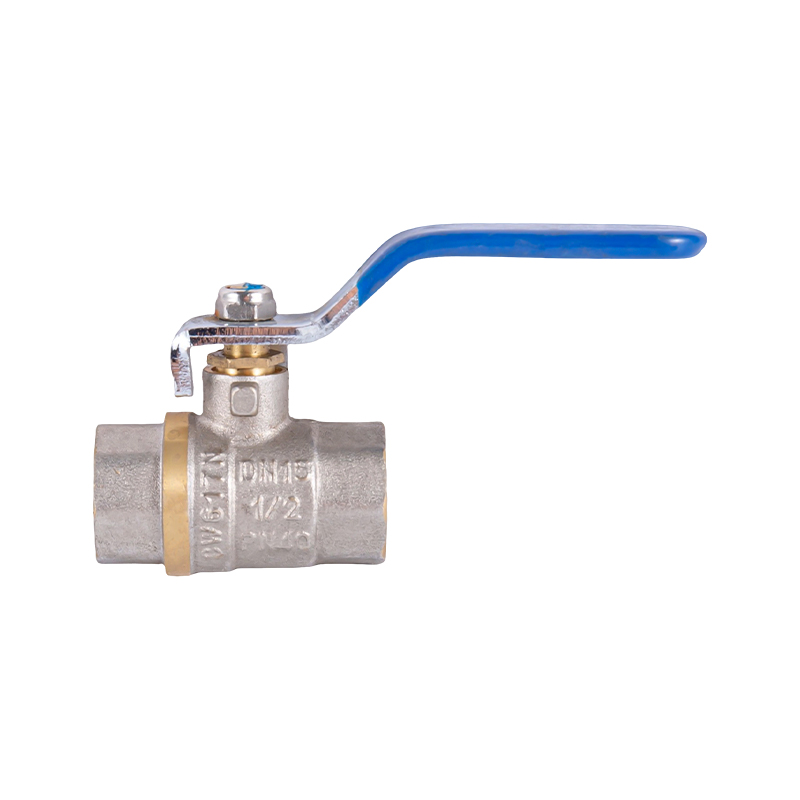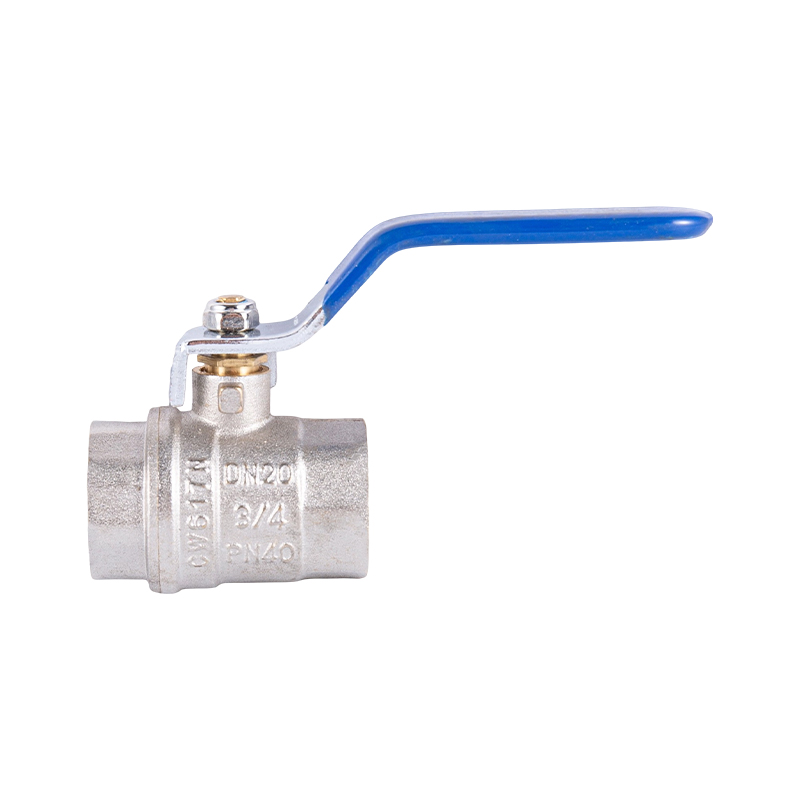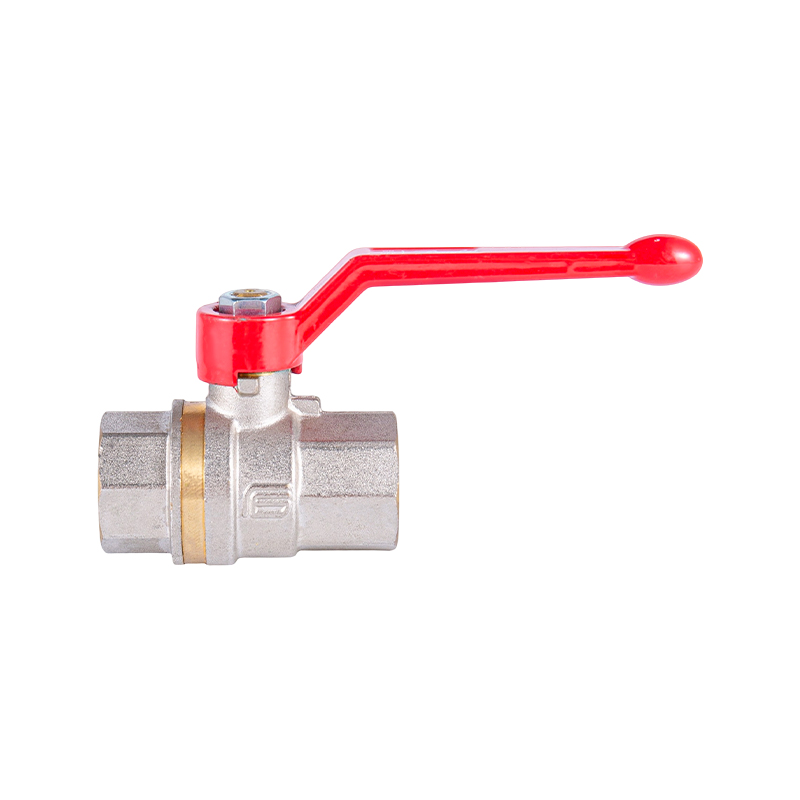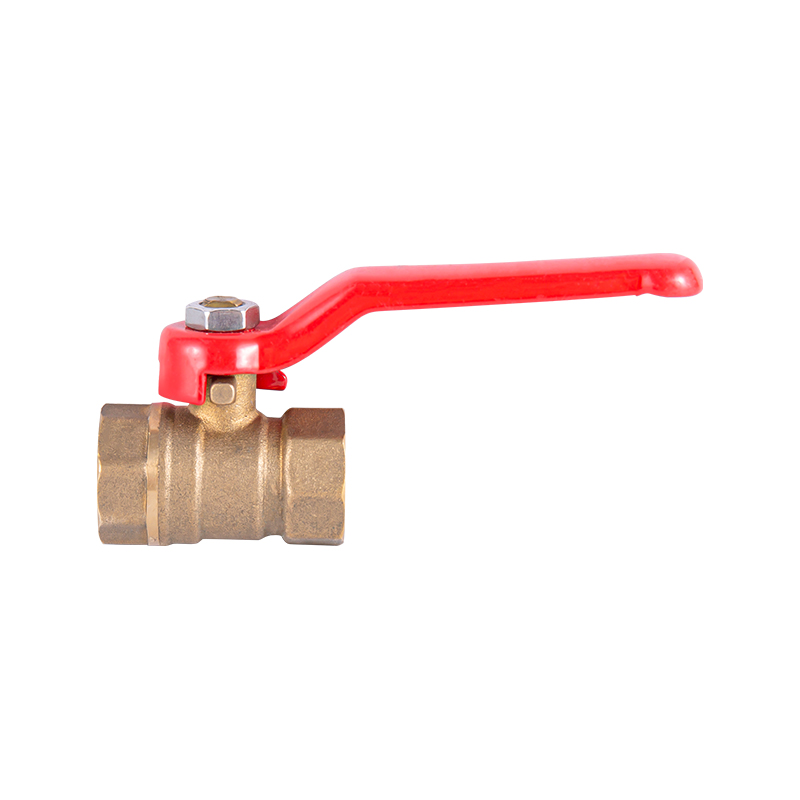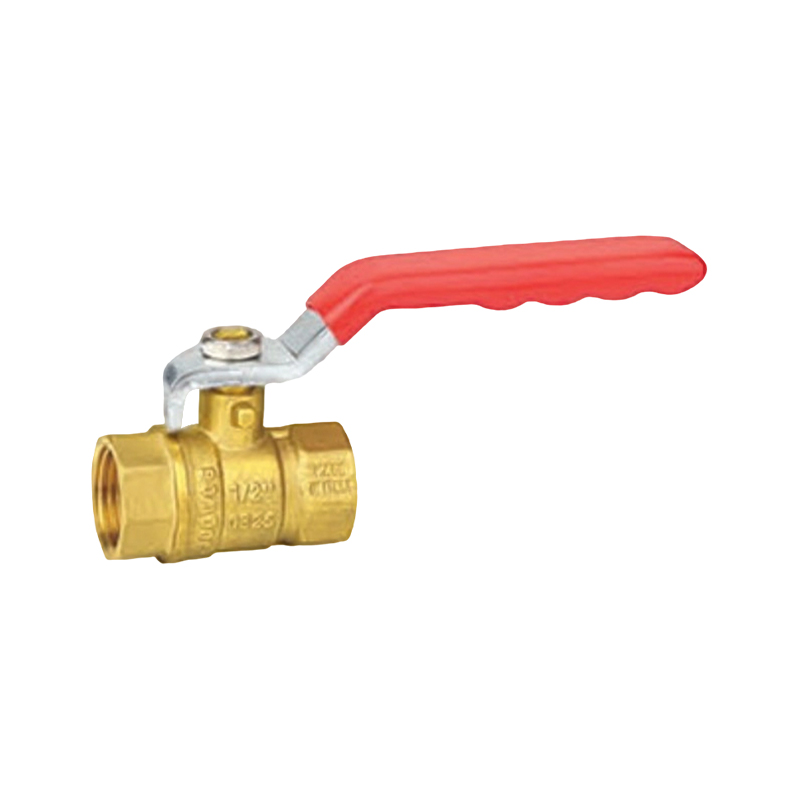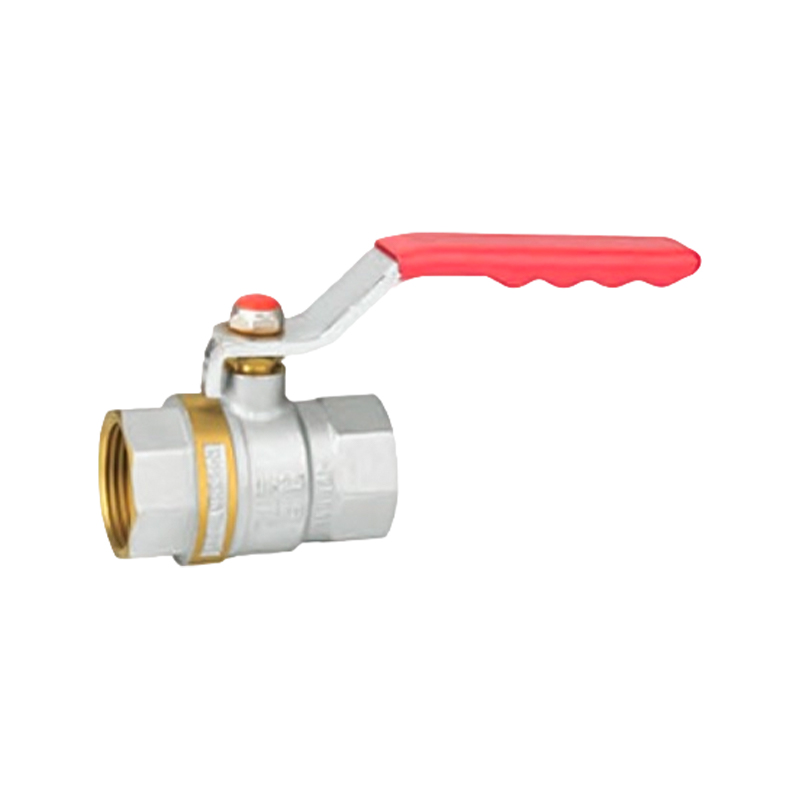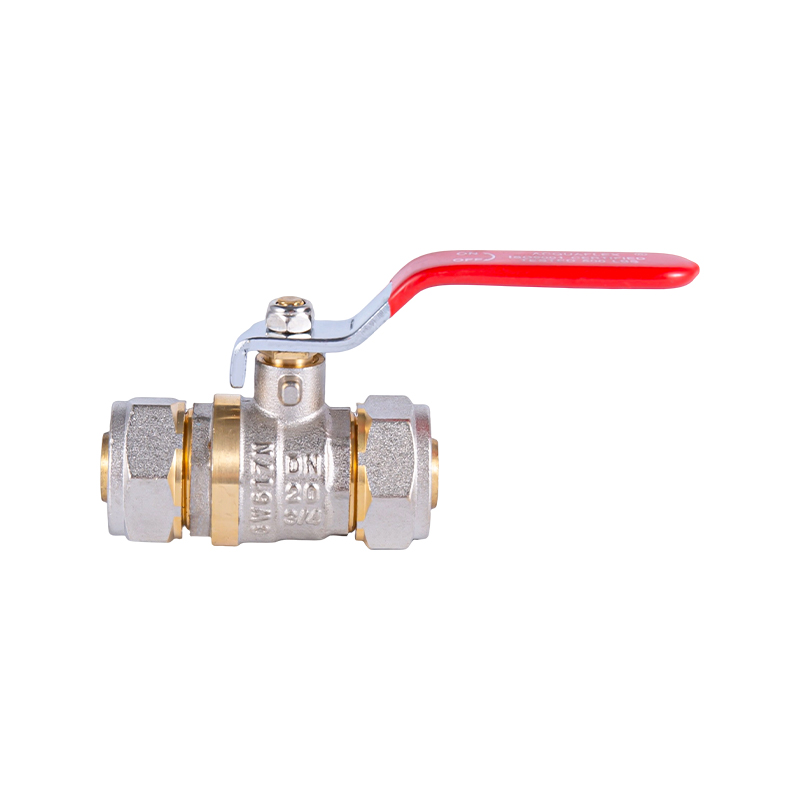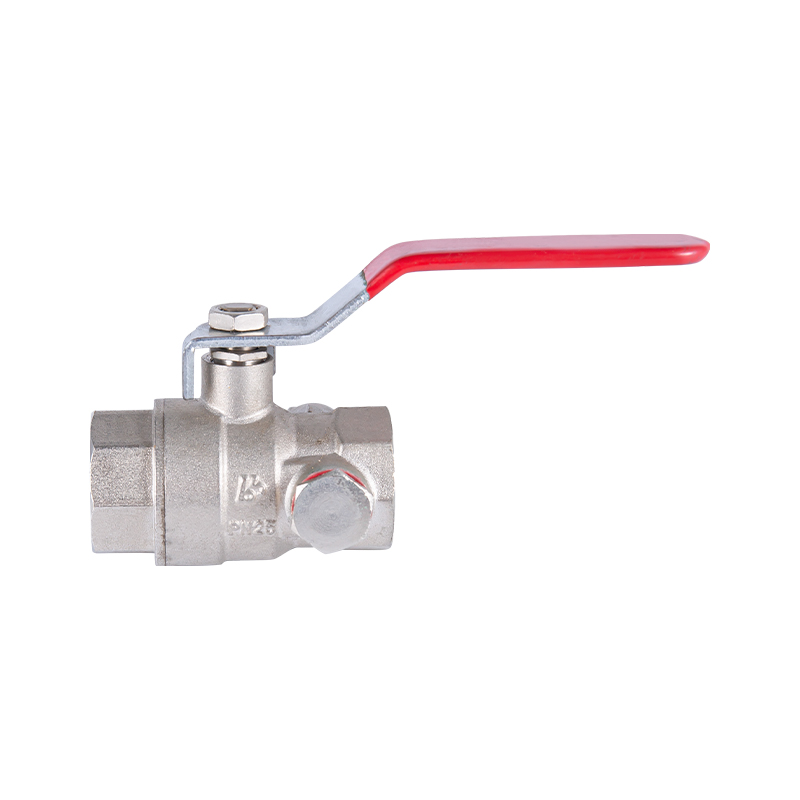Focus Grows On Compact Solutions Like The One Way Check Valve For Fluid Direction Control
In a variety of pipeline systems, maintaining consistent fluid direction without backflow remains a significant priority. As industries continue to look for compact and efficient components, the one way check valve is increasingly becoming a go-to choice. Its ability to permit flow in one direction while automatically preventing reverse movement makes it suitable for a wide range of applications, especially where space and maintenance are considerations.
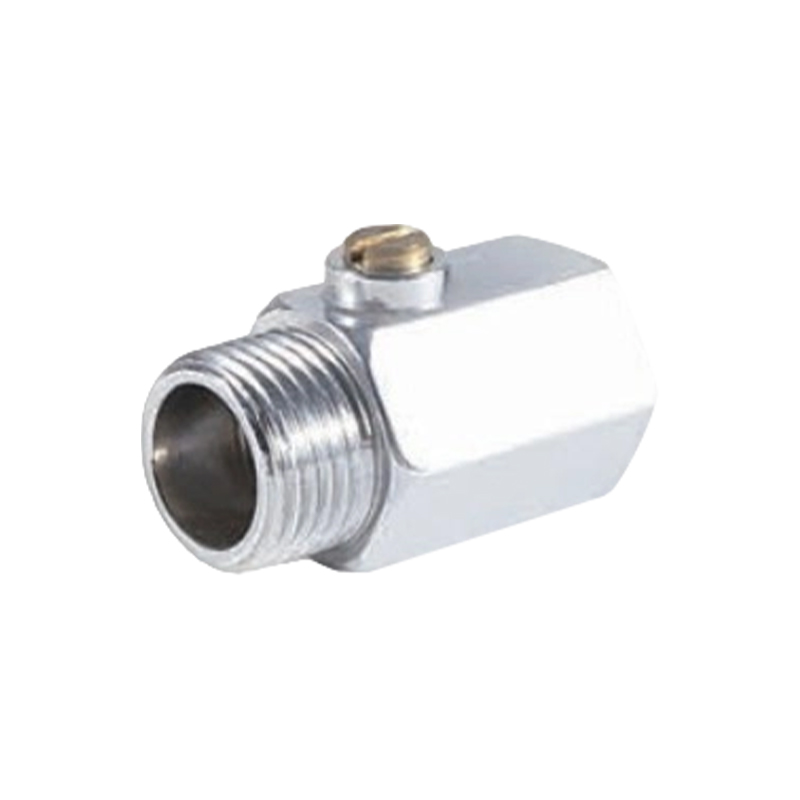
The design of the one way check valve is straightforward but functional. Once fluid pressure passes through in the intended direction, the valve opens. If the flow tries to reverse, internal mechanisms shut the valve, less the risk of damage or contamination in the system. This automatic reaction to flow dynamics reduces the need for external controls, making the one way check valve a practical addition to both new and existing pipeline infrastructures.
Another widely discussed component in the fluid control market is the Y-type Ball Valve. Known for its angled body design, the Y-type Ball Valve allows for smoother transitions in flow direction, reducing turbulence and pressure loss. Its design also aids in easier draining and cleaning compared to straight-pattern valves, contributing to its adoption in water treatment, HVAC, and other mechanical systems.
Both the Y-type Ball Valve and the one way check valve serve specific roles, but their combined use can strengthen a system's overall reliability. In setups where directional flow must be controlled and backflow must be prevented, engineers are increasingly pairing these two components. For example, in vertical pipeline installations, a Y-type Ball Valve may manage flow regulation while the one way check valve ensures unidirectional integrity.
One of the advantages of the one way check valve lies in its adaptability across pressure ranges and media types. Whether used with water, gas, or non-corrosive fluids, it fits into systems where uninterrupted operation is key. Meanwhile, the Y-type Ball Valve supports maintenance by offering a compact design that can be inspected or replaced without major system downtime.
Manufacturers are adjusting their product lines to reflect this growing demand for efficient and small-space components. The emphasis is no longer just on flow regulation; it's also about less installation footprint while ensuring safety and control. This is where the one way check valve continues to demonstrate its value.
In energy sectors, chemical processing, and even residential piping, the Y-type Ball Valve is being used for its ability to handle mixed flow conditions with consistent performance. Its slanted design reduces debris buildup, a factor that contributes to longer service intervals. In conjunction with the one way check valve, these solutions provide a balanced approach to pressure and directional control.
It's also worth noting how material choice plays a role in performance. Many Y-type Ball Valve models are constructed from stainless steel, brass, or PVC, selected based on environmental needs. Likewise, the one way check valve is available in different materials to match specific system pressures and chemical compositions.
As the industry continues evolving, compact and function-specific valves are becoming more prominent. The combined implementation of the one way check valve and Y-type Ball Valve represents a strategic approach to modern fluid system challenges. From industrial to commercial applications, the ability to ensure flow in one direction while maintaining manageable control systems has proven to be a consistent requirement.
With space-saving layouts and simplified maintenance procedures, both the one way check valve and the Y-type Ball Valve offer solutions that support safety, efficiency, and operational consistency in fluid management systems. Their growing use reflects not just a trend, but a shift in how engineers and designers are approaching system architecture.
-
Feedback


 English
English 中文简体
中文简体 русский
русский Email us now!
Email us now!
